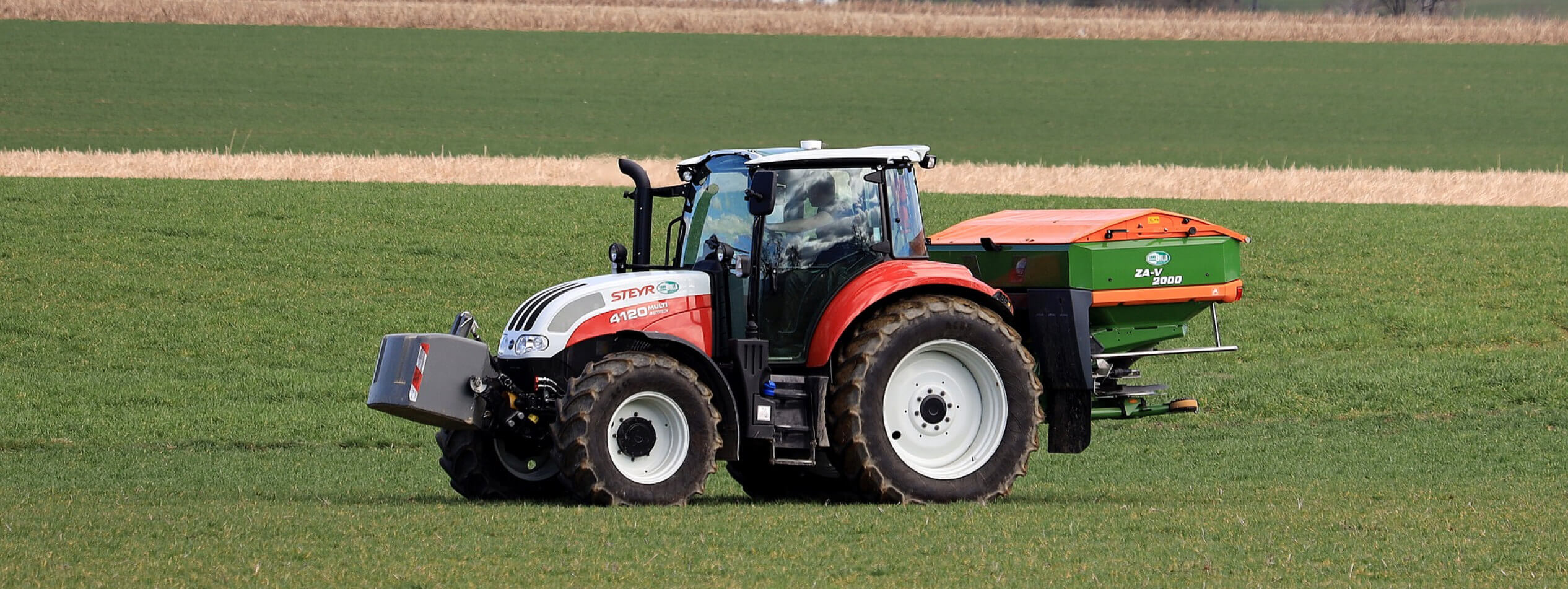What is nitrous oxide?
When most people hear about nitrous oxide, they might recognise it as laughing gas used by dentists. But it is also a potent greenhouse gas (GHG) that has a significant environmental impact.
Methane has become the major fixation of environmentalists in addressing climate change, especially as it relates to animal agriculture. Methane is an important topic for another article (Are cows really that bad?), and it is of utmost importance that livestock farmers manage their farms to become more efficient with regards to methane emissions. However, nitrous oxide is the forgotten GHG that farmers have greater control over.
Why should we care?
In the USA, 36% of methane emissions come from livestock farming (which is the main source of methane emissions in agriculture), whereas 79% of nitrous oxide emissions come from agriculture1. Although nitrous oxide is a lot less prevalent GHG than carbon dioxide and methane, it is about 300 times more potent than carbon dioxide in terms of its environmental impact regarding climate change.
What can farmers do?
The main culprit in agriculture is the excessive use of synthetic nitrogen fertilisers2. Fortunately, that is something farmers can do something about. There is an abundance of evidence that improved soil health results in a lower requirement for fertiliser inputs while maintaining and/or improving pasture and crop production.
Although it is a simple solution – focus on improving soil health and use less fertiliser – it is not that easy to implement. And it does not happen overnight. But I would encourage farmers that care about the environment in any way – one of the biggest impacts you can make to reduce the environmental impact of how you farm, is to become less reliant on synthetic nitrogen fertiliser.
It is well worth the effort, and as the old saying goes, the best time to start was 10 years ago, but the second-best time to start is right now. There is a wealth of articles on the Trace & Save website about soil health and nitrogen use efficiency that can equip you in how and why to implement practices that improve soil health, as well as case studies with data showing the benefits.
The other big source of nitrous oxide emissions is from manure management. Unfortunately a large proportion of the nitrous oxide comes from manure deposited on pastures, therefore farmers cannot do much to influence these emissions.
The added benefit
Increasing the nitrogen use efficiency of a farm by improving soil health is not only beneficial to the environment, but also a win in the farmers bank account. Less money spent on fertiliser, while maintaining and/or increasing production equal greater profitability. If that is not enough motivation to start working on soil health, then I don’t know what is.
Sources
- https://www.epa.gov/ghgemissions/overview-greenhouse-gases – Accessed 20 January 2022
- https://www.bbc.com/future/article/20210603-nitrous-oxide-the-worlds-forgotten-greenhouse-gas – Accessed 20 January 2022
- A carbon footprint assessment for pasture-based dairy farming systems in South Africa - 2024-02-07
- What progress have farms participating with Trace & Save made over the past 10 years? - 2023-09-06
- Carbon footprint reduction over time: Lessons from pasture-based dairy farms in South Africa - 2023-09-04

